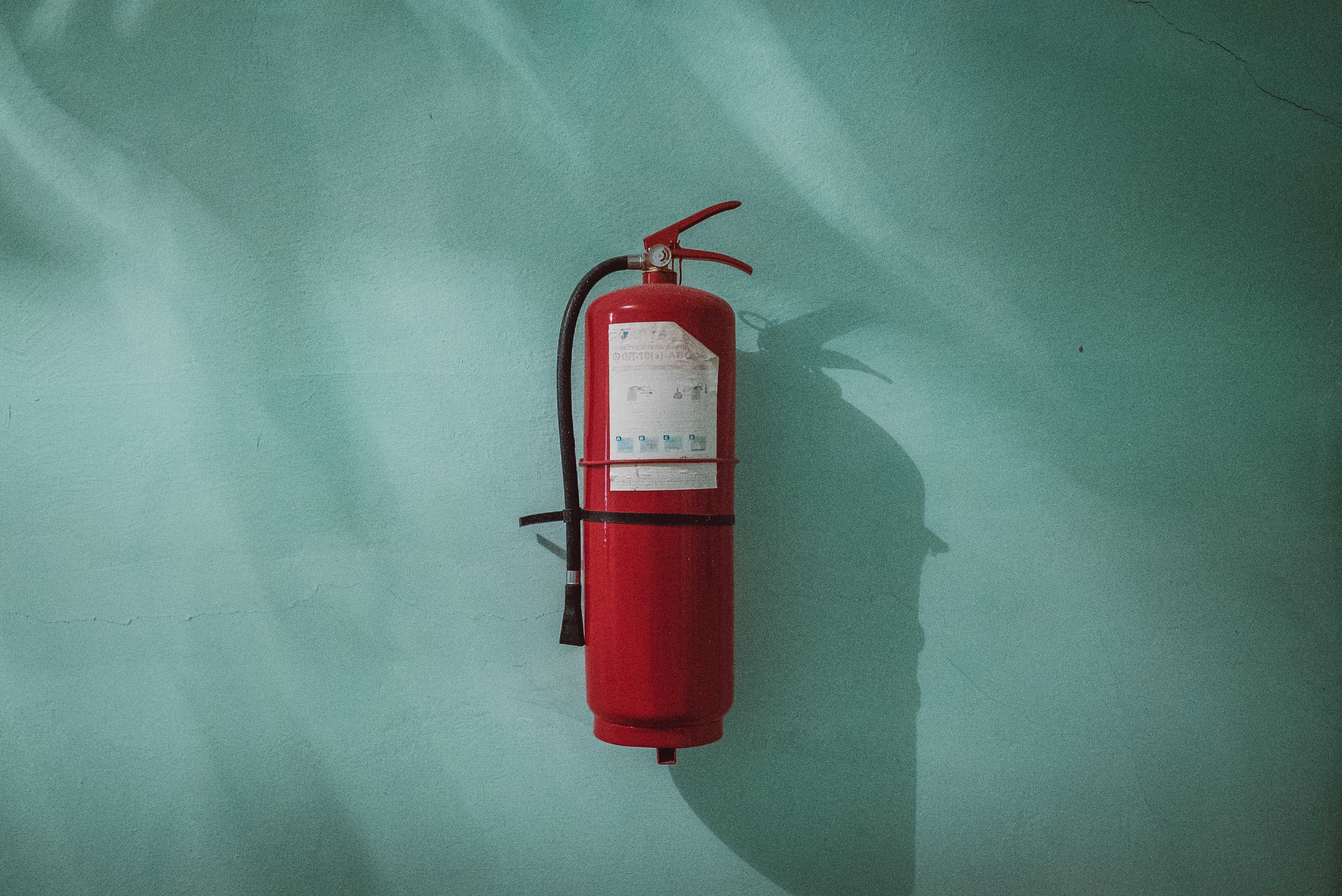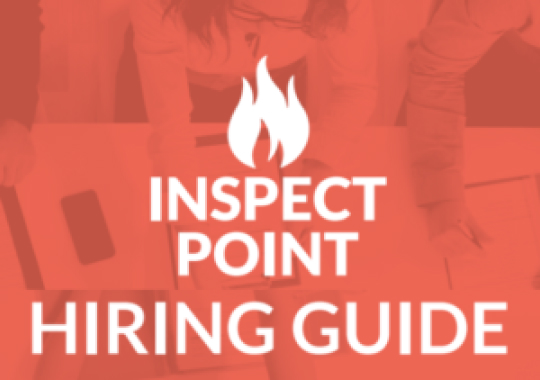
Make Fire Extinguisher Inspections Part of Your Fire Prevention Plan
Fire extinguishers are a part of the fabric of our modern lives. We keep them in our kitchens, in our workplaces, and we hope we never have to use them. Part of OSHA’s safety regulations states that you need to regularly ensure that your business’s fire extinguishers are maintained regularly.
No one wants to be in a situation where they need a fire extinguisher only to find you have a dud. So what do you need to do to have that peace of mind? The most obvious answer is regular inspections. But what does a “regular inspection” actually mean?
Before Inspecting Fire Extinguishers
OSHA regulations say that a visual inspection of your fire extinguisher’s must be performed by employers once every month. This is a great rule of thumb for extinguishers in the home as well. But before we even take a look at the fire extinguisher itself, we need to take a look around it.
Some things to look out for are placement and obstructions. Is the fire extinguisher in a place where anyone could easily get access to it in the case of an emergency? Be sure that there is nothing cluttered on or around the extinguisher. Keep coats and even your decor away from it. Your extinguisher might not be the most attractive part of your home or office, but it is one of the most important in terms of safety.
In your commercial kitchens be aware of your placement of pots, pans, and other things that hang from the walls or ceilings. In the office, keep the computer wires and other clutter sequestered so you always have easy access.
Most importantly make your employees aware of where the fire extinguisher is. Consider it a part of your employees’ safety education to know where the extinguisher is, and that it’s always in it’s designated place.
When performing your visual inspection, there are a few things we want to look for.

Visual Inspection
Your visual inspection is one of the easiest parts of maintaining a regiment with your fire and life safety. So where do we begin?
First is the tag. Is your tag in date? Your tag should indicate that your extinguisher is less than one year old. On the back of the tag, take a look for the inspection signatures. If it has been more than a month since the last inspection, it’s a good idea to have a talk with your employees or family about the importance of this regular inspection.
After we’ve taken a look at the tag, you want to check the pressure gauge. The needle should sit squarely in the green pressure zone, showing that it is not under or overfilled.
Give the extinguisher a good look over. What you want to keep your eye out for is any sort of damage to the exterior. This could include dents, cracks, ruptures or signs of leakage or corrosion.
The NFPA-10’s Standard for Portable Fire Extinguishers has an in-depth list of all the different pieces we should be inspecting. In addition to what we’ve already discussed, we also want to look at the nozzle or horn, the carrying handle, hand pump, and the seals or tamper indicators.
When you have given your extinguishers a thorough look over, be absolutely sure to sign and date your name on the back of the tag. This is going to help you, or whoever else inspects your extinguishers, know that they are being properly cared for. If you do encounter an extinguisher that does not meet these standards, it could be time for some maintenance, or in some cases, replacement.

Fire Extinguisher Maintenance
Annual Maintenance
Maintenance should occur at least once every year. In cases where a visual inspection calls for it, maintenance can occur more frequently than that. Maintenance always needs to include thoroughly examining the mechanical parts of your extinguishers, the extinguishing agents, and the expelling means. Because all of this is more specialized, this annual maintenance needs to be performed by a professional extinguisher servicing company.
6 Year Maintenance
Every 6 years, dry chemical fire extinguishers need to go through hydrostatic testing. Hydrostatic testing is a fairly intensive process that, again, will require professional servicing. However, non-rechargeable extinguishers will not require this testing as they need to be removed from service 12 years after their production. This also requires an approved extinguisher servicing company.
Costs of Fire Extinguisher Maintenance
So now that we’ve talked about the different kinds of servicing and maintenance your home or office’s extinguishers may need, you’re probably asking yourself how much is it going to cost? Luckily, servicing and maintenance costs are rather inexpensive. In many cases, refilling can cost you only about $20. Maintenance, which requires more specialized knowledge, can be a bit more expensive, and prices can vary depending on who does it for you.
One great tip is to ask your local fire department who they would suggest for maintenance. Also, check out our blog about how the fire extinguisher inspection software is aiding the industry.

The Price of Safety
The safety of your family and your employees is a tough thing to put a price on. Not to mention the price of your home or office building. Fire can take everything away from us in the blink of an eye.
No matter what types of fire extinguishers you use, nothing lasts forever. Performing regular inspections and maintenance is something you can do to give yourself some extra peace of mind. We can never know when an emergency is going to happen, so we need to be prepared. That not only includes a fire escape plan for your home or business but your fire suppression tools as well.
So when you get home or back to the office, take a look at your extinguishers’ tags and make sure they’re all up to date. We all hope that we never have to use a fire extinguisher, but when you need it, you need to know it’s going to work.

